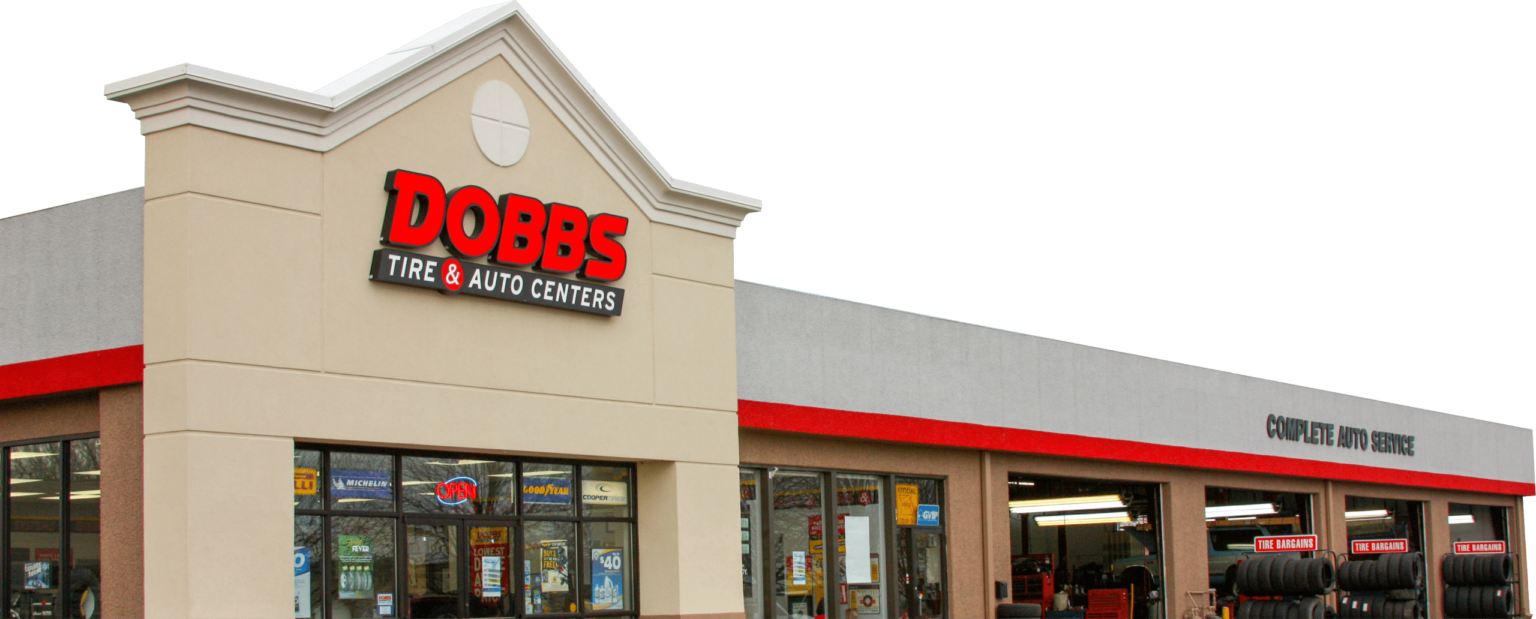Rotate & Balance Tires
What are Rotating and Balancing Tires?
To help your tires last as long as possible, it is recommended to rotate and balance tires every 4,000 to 6,000 miles. When you rotate tires, you change their positions, so the front tires may go to the rear, and the rear tires may go to the front. Each vehicle has a suggested tire rotation pattern, which may include the spare tire or swapping left and right. Vehicles with different-sized tires cannot have a tire rotation, and directional tires will restrict tire rotation to front-to-rear only.
Tire balancing, on the other hand, refers to the dynamic balance of the tire and wheel assembly. In constructing the tire and the wheel, there are always inconsistencies. By strategically adding calibrated weights to the wheel, the technician can compensate for these inconsistencies. Because balancing only adds a few minutes to tire rotation, it is usually suggested to balance tires at the same time.
Why are Tire Rotation and Balancing Important?
At the four corners of your vehicle, you have four tires, which are your only tie to the pavement, wet or dry, smooth or rough. Though they pretty much travel all the same parts of the road, their positions lead to different wear patterns, depending on whether they’re driving or trailing or turning. Individual driving habits may also affect tire wear patterns. To distribute these wear patterns, it’s a good idea to rotate tires. That way, each tire wears evenly over the life of the set.
Additionally, as your tires accumulate miles, they wear down and may become deformed. Tire balance tends to shift over time as this occurs, which results in vibration. It’s not particularly dangerous, but tire vibration could lead to accelerated suspension and steering wear. For the smoothest ride, asking your technician to balance tires is a step in the right direction.
When Do You Need to Rotate & Balance Tires?
While tire age and mileage has a direct impact on traction and safety, tire rotation and tire balancing has a direct impact on tire lifespan and comfort. Generally, here are a few circumstances in which you should consider this service:
- When you mount new tires, most installers will balance tires as part of the service.
- Every 4,000 to 6,000 miles, usually at the same time you get your engine oil changed, you should have your tires rotated and balanced.
- If you feel a vibration at a certain speed. For example, if you feel a vibration at 45 mph but at no other speed, you may have a tire balance issue.
- If you feel a vibration at all speeds, it may be a road-force variance problem, which is a physical imbalance problem and slightly more labor-intensive to correct.
What can Dobbs Tire & Auto Centers Do for You?
At Dobbs Tire & Auto Centers, we have the latest tire mounting and balancing equipment. Our ASE-Certified tire technicians use this equipment to mount tires on any rim, as well as balance them to reduce or eliminate vibrations down the road. If you’re in for your oil change service or you’re experiencing noise or vibration issues, we recommend getting a tire rotation and balance service to restore comfort and maximize tire longevity.
“You Can Depend on Dobbs” – Dobbs Tire & Auto Centers, Home of the Fixed Forever Service Warranty. Locally and Family Owned Since 1976
